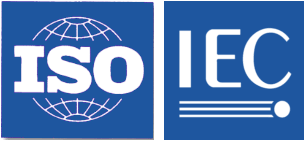Encoding and resolving identifiers over HTTP
This standard defines an approach for using HTTP URIs as identifiers in AIDC systems and a basic common API for querying online services for information about identified items. It cites IEC 61406, ISO/IEC standards 15418 and 15459, and the concepts of Linked Data as foundational but does not define a new identifier system nor a new URI scheme.

